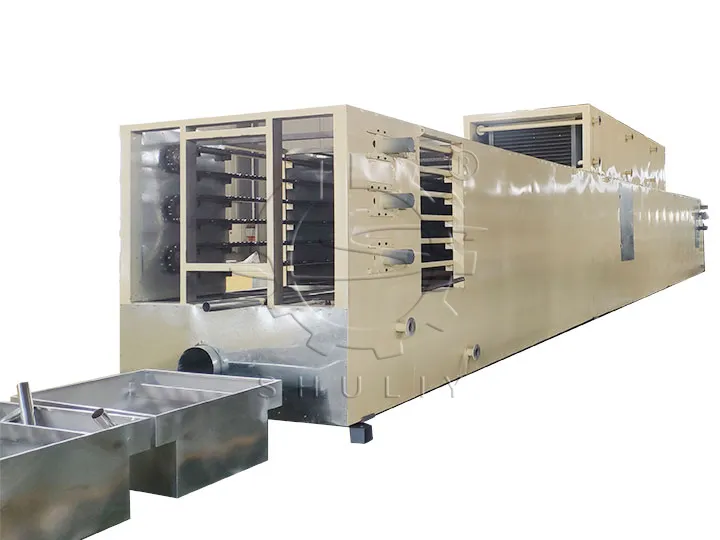O sistema de secagem de caixas de ovos desempenha um papel crucial na linha de produção de caixas de ovos. Após a moldagem, as caixas de ovos húmidas precisam de ser completamente secas para manter a sua forma e resistência. Um método de secagem adequado garante a qualidade do produto e melhora a eficiência da produção. Dependendo da escala de produção, das condições climáticas locais e do modelo da máquina, os clientes podem escolher entre três métodos principais de secagem: secagem natural, secagem em forno de tijolos e secagem em metal.
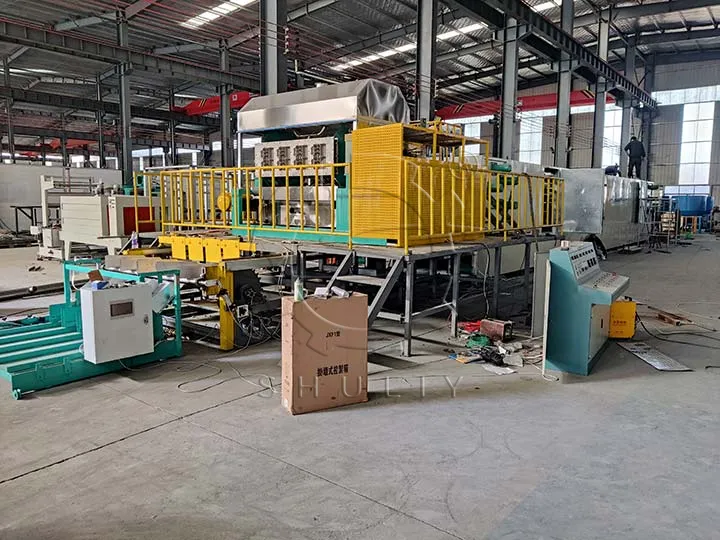
Secagem Natural
A secagem natural é o método mais rentável, ideal para regiões com climas quentes e secos. As bandejas molhadas são colocadas em prateleiras ou estantes e secas sob a luz do sol e o fluxo de ar ambiente.
Vantagens:
- Baixo custo de investimento
- Operação simples
Limitações:
- Dependente do tempo
- Não adequado para áreas chuvosas ou húmidas
- Velocidade de secagem mais lenta
Este método é recomendado para produção em pequena escala ou para empresas que estão apenas começando.
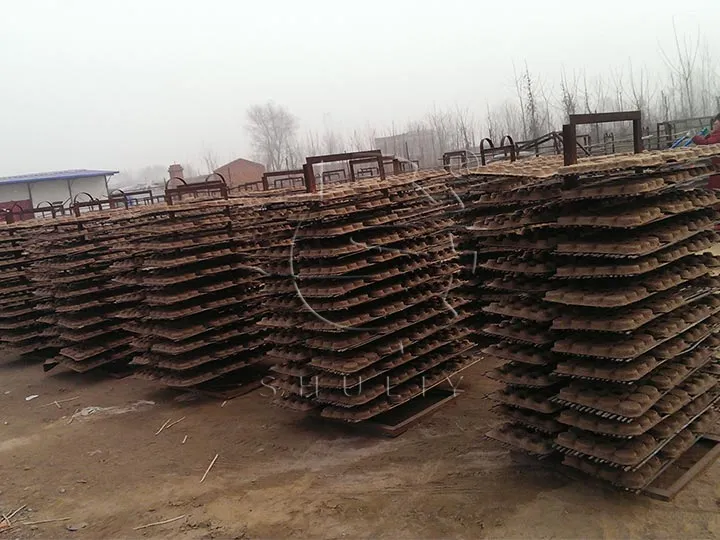
Secagem em forno de tijolos
O sistema de secagem de fornos de tijolo utiliza uma câmara de combustão tradicional e um longo túnel de secagem construído com tijolos. O calor é gerado pela queima de carvão, madeira ou outros combustíveis e circula pelo túnel para secar as bandejas.
Vantagens:
- Adequado para produção em média escala
- Custo de construção relativamente baixo
Limitações:
- Requer espaço e trabalho de construção
- Instalação fixa
A secagem em forno de tijolos oferece um bom equilíbrio entre custo e velocidade de secagem, tornando-se popular em regiões em desenvolvimento.
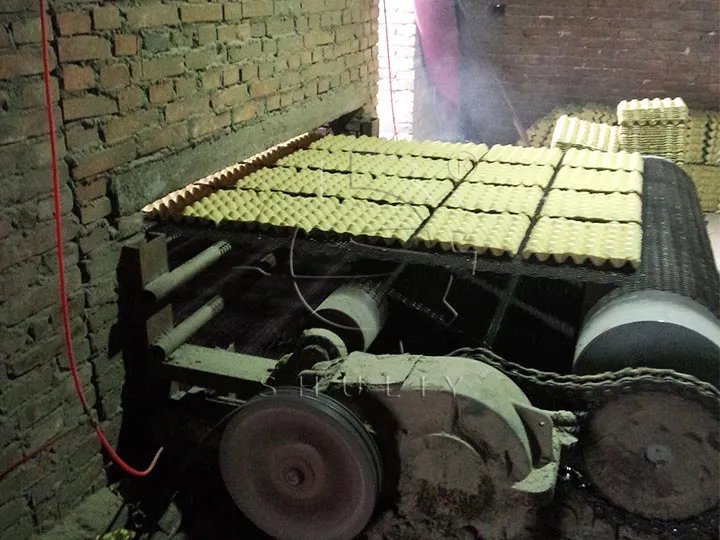
Linha de Secagem de Metais
As linhas de secagem metálicas são sistemas modernos, totalmente fechados, com temperatura e fluxo de ar controlados. Normalmente, são alimentadas por eletricidade, gás ou diesel, e equipadas com transportadores para garantir a secagem contínua.
Vantagens:
- Alta eficiência de secagem
- Independente das condições meteorológicas
- Design compacto e fácil de realocar
Limitações:
- Maior investimento inicial
- Requer uma fonte de energia ou combustível estável
Este método é ideal para produção em grande escala e para clientes com demanda consistente e requisitos de automação mais elevados.
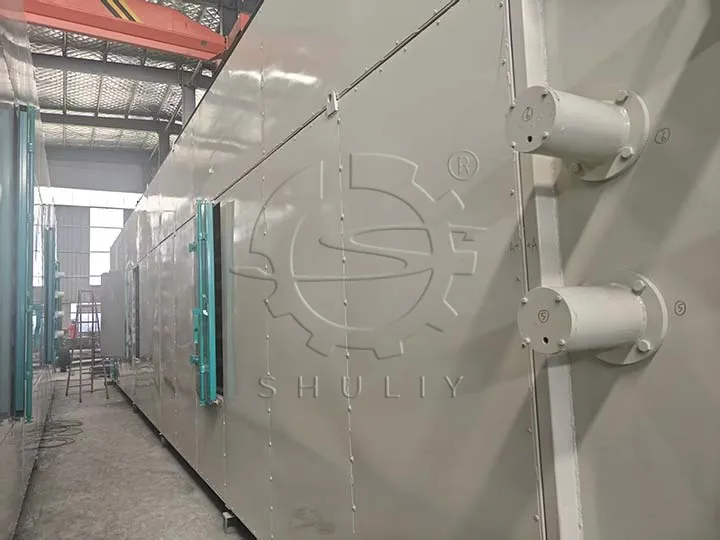
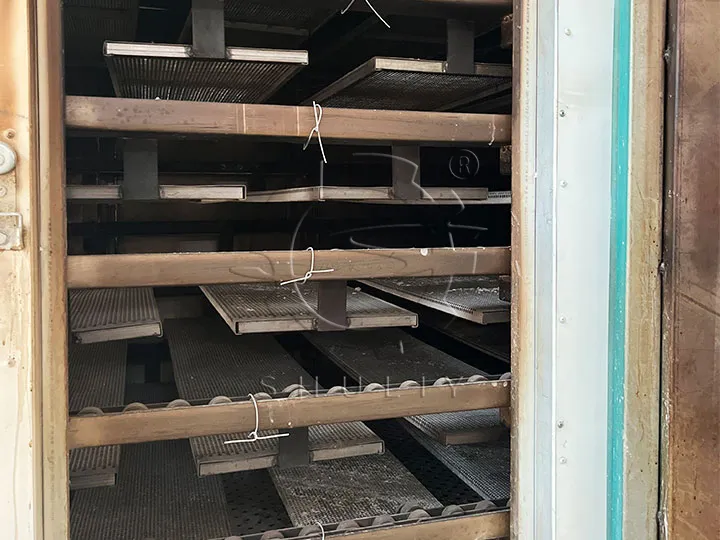
Correspondência de Sistemas de Secagem de Bandejas de Ovos com Modelos de Máquinas de Formação e Saída
Ao escolher um sistema de secagem de bandejas de ovos, é importante não só considerar as condições climáticas e o layout da fábrica, mas também o modelo da máquina de formação de bandejas de ovos e a sua produção. Diferentes tipos de máquinas vêm com diferentes capacidades de produção, o que afeta diretamente a escolha dos métodos de secagem adequados. Abaixo está um guia para ajudar os clientes a selecionar a solução de secagem correta com base na sua escala de produção.
Máquinas de Lado Único (3×1, 4×1)
- Faixa de Saída: 1000–2000 bandejas/hora
- Métodos de Secagem Recomendados:
- ✅ Secagem natural (preferida)
- ✅ Secagem em forno de tijolos (para climas húmidos)
- Por que: A produção é relativamente baixa, tornando a secagem natural ao sol uma opção econômica. Se houver um plano para expansão futura, os clientes podem reservar espaço para um forno de tijolos como uma opção de atualização.
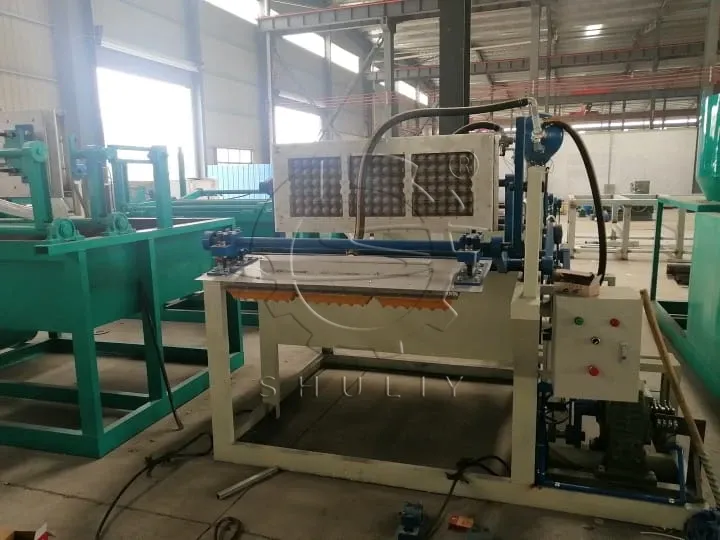
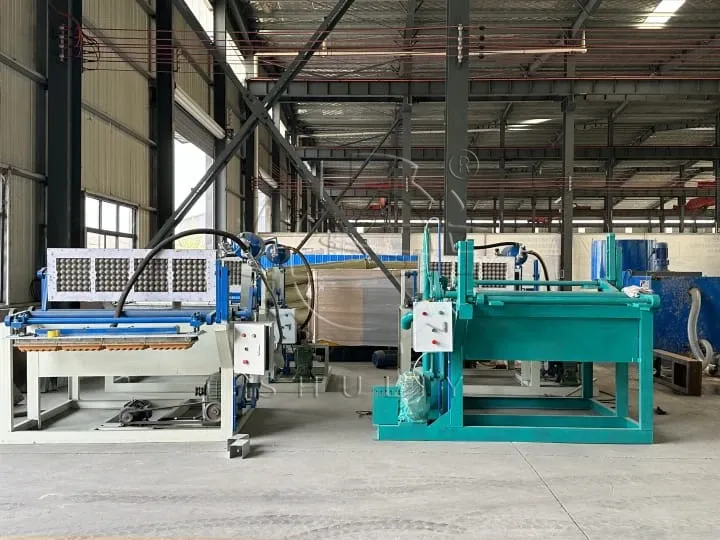
Máquinas de Quatro Lados (3×4, 4×4)
- Faixa de Saída: 2000–3000 bandejas/hora
- Métodos de Secagem Recomendados:
- ✅ Secagem em forno de tijolos (custo-efetiva)
- ✅ Sistema de secagem de metal (para maior eficiência ou espaço limitado)
- Por que: Com o aumento da produção, a secagem ao sol já não é eficiente. Um forno de tijolos oferece desempenho confiável, enquanto um sistema de secagem metálico oferece maior automação e secagem mais rápida quando necessário.
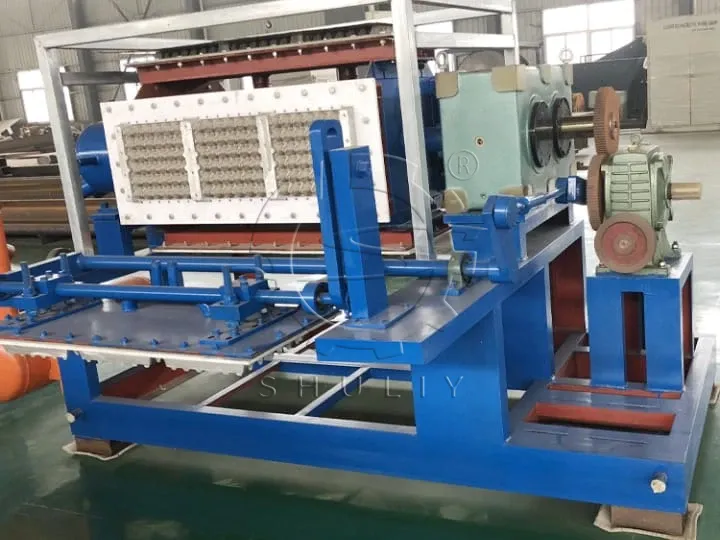

Máquinas de Oito Lados (5×8) e Maiores
- Faixa de Saída: 4000–6000+ bandejas/hora
- Método de Secagem Recomendado:
- ✅ Sistema de secagem metálico (altamente recomendado)
- Por que: Estas linhas de produção são tipicamente utilizadas por fábricas de médio a grande porte ou empresas focadas na exportação. Um sistema de secagem de metal suporta a operação contínua, garante qualidade consistente e requer menos espaço.
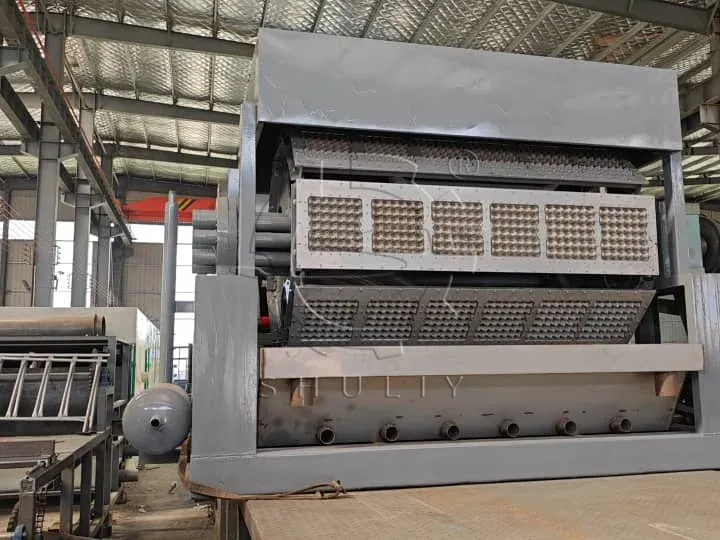
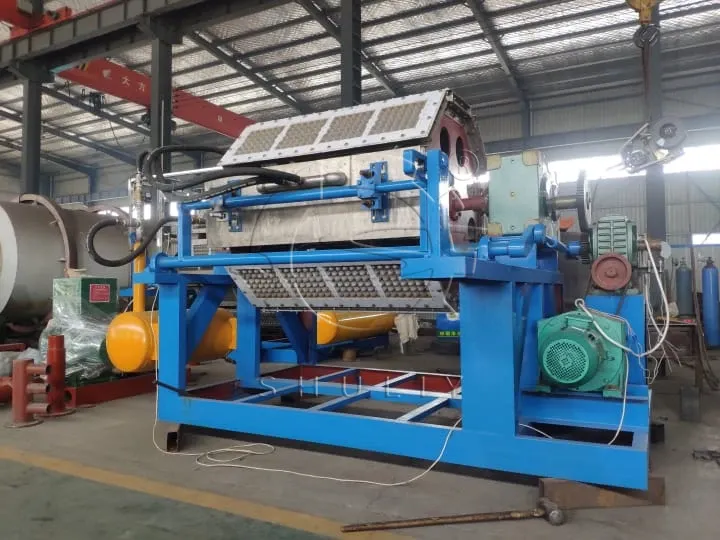
Se você não tem certeza de qual sistema de secagem de bandejas de ovos é o mais adequado para você, oferecemos orientação personalizada com base no seu clima local, objetivos de produção, espaço disponível na fábrica e recursos energéticos. Sinta-se à vontade para nos contatar para recomendações personalizadas e suporte técnico.
Por que nos escolher
No campo dos sistemas de secagem de bandejas de ovos, oferecemos não apenas equipamentos, mas soluções completas e confiáveis.
1, Experiência Rica: Com anos de experiência na fabricação e exportação de equipamentos de moldagem de polpa, atendemos clientes em muitos países e podemos fornecer conselhos práticos e específicos para cada região.
2, Múltiplas Opções Disponíveis: Quer necessite de secagem natural, secagem em forno de tijolos ou uma linha de secagem em metal totalmente automática, podemos adaptar uma solução com base no seu rendimento, orçamento e layout de fábrica.
3, Suporte Técnico Abrangente: Desde a consulta inicial e seleção de equipamentos até à orientação de instalação e serviço pós-venda, fornecemos suporte de processo completo para ajudar a iniciar a produção sem problemas.
4, Personalização e Atualizações Suportadas: Todos os sistemas de secagem em metal podem ser personalizados em termos de comprimento, método de aquecimento, número de camadas, sistema de controlo e muito mais - para corresponder a diferentes necessidades de produção e níveis de automação.
5, Embalagem e Logística de Exportação Profissional: Estamos bem familiarizados com os procedimentos de exportação internacionais. Os nossos equipamentos são embalados de forma segura e enviados com segurança para garantir uma entrega tranquila no seu local.
